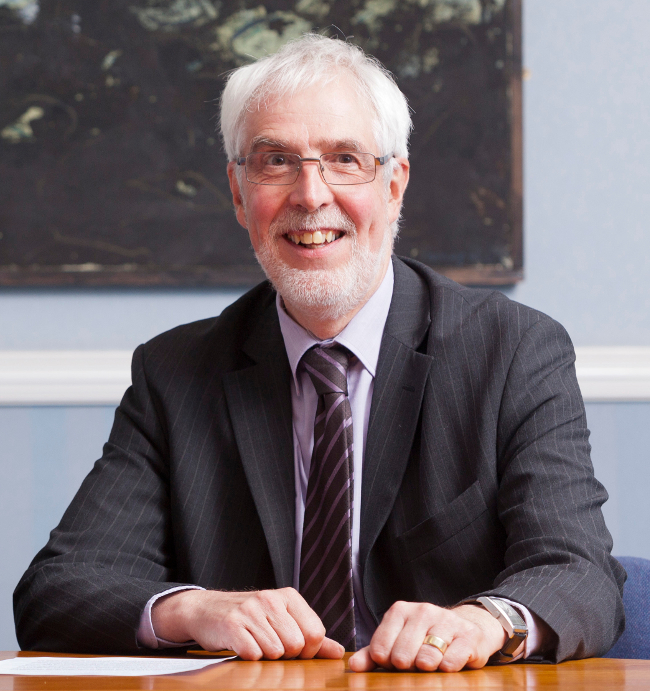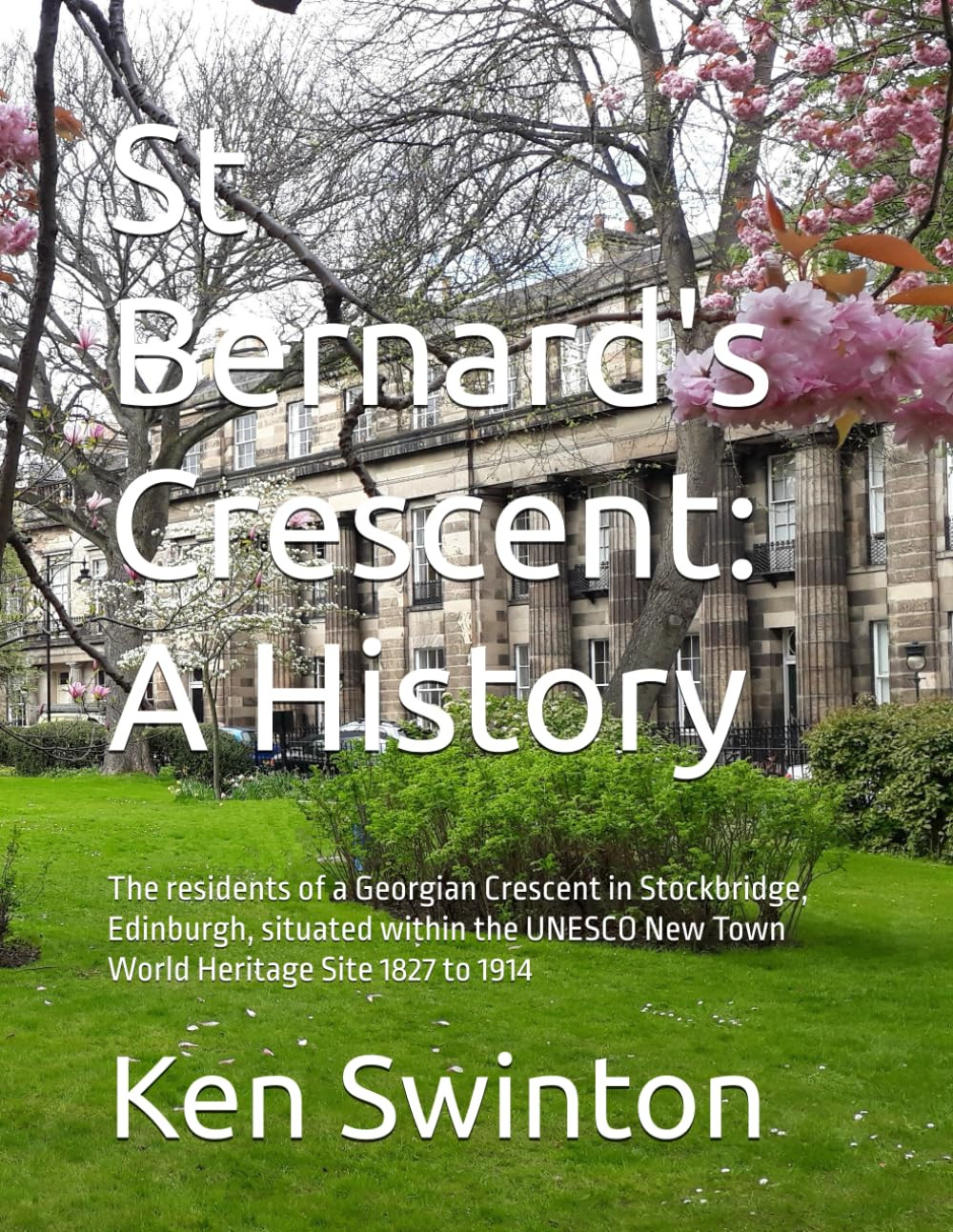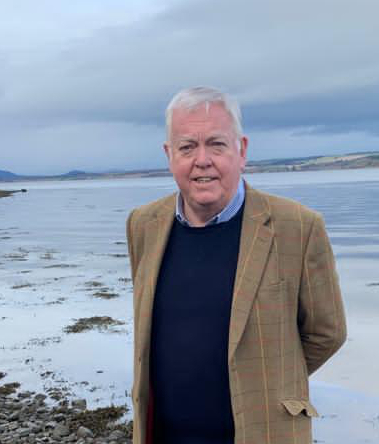Lawyer reveals scandals and successes, triumphs and tragedies of a quiet street in Edinburgh’s New Town

Ken Swinton
Many lawyers dream of writing a book in their retirement but well-known legal figure Ken Swinton has done just that and spoke to Graham Ogilvy about his new book, St Bernard’s Crescent: A History.
Congratulations, Ken, on writing such a detailed and fascinating account. Can you outline the scope of the book and tell us how you got the idea?
Thanks! The book consists of eight thematically linked chapters each with an introductory essay followed by biographies of notable residents. When we bought our apartment in St Bernard’s Crescent eight years ago I was intrigued to discover that the superior who granted the original feu disposition was Henry Raeburn, but it quickly became apparent it was the son of the famous painter. Matters really rested there until lockdown.
Can you describe some of the most interesting and surprising characters and facts unearthed in your research?
The number of artists who lived and worked on the Crescent was quite unexpected. This happened in two phases, the first in the second part of the 19th century and a real flourishing in early 20th century, attracted by the encouragement of the Scottish Symbolist painter John Duncan.
Of the lawyers who lived in the Crescent the tragic William Dauney, advocate, stands out. He invested the whole of his wife’s funds in the Scottish Steam Carriage Company whose self-propelled stagecoach plied the route between Glasgow and Paisley until a fatal accident which resulted in Dauney’s insolvency. He left Scotland and was appointed Solicitor General to British Guyana. Sadly, he succumbed to tropical diseases within weeks of his arrival.
George Fullerton Carnegie caroused and drank his way through his substantial inheritance ending in his bankruptcy. His lasting legacy is a book of humorous golfing verse, describing his own exploits on the Old Course accompanied by his buddies and a 14-year-old wonderkid caddy. “Old” Tom Morris. The slim volume now changes hands for five figure sums and Fullerton Carnegie is celebrated as “The Golfer’s Poet”.
Archibald Ross Colquhoun served as a district administrator in Burma while also writing an anonymous column in the Straits Times. He was sacked after erroneously sending his column, critical of his boss, to him rather than the newspaper. Later, employed byCecil Rhodes, he played a key role in the British colonisation of the nascent Rhodesia, now Zimbabwe. He quarrelled with Rhodes and was sacked once more. Known for his penchant for champagne and cigars, he surveyed a rail line from China to Burma, an alternative route for the Panama Canal and was a confidante of US Presidents during regular hunting and fishing trips. Colquhoun was a prolific, if unreliable, author promoting British colonial interests. Truly a larger-than-life character!
Finally, Francis John Taylor who was the General Superintendent of the Scottish Navvy Mission and a church elder. He lived with his wife and sister in law. The Mission brought the Christian message to manual labourers on large scale civil engineering projects. However, Taylor led a double life and bigamously married a former prostitute. His wife and sister-in-law settled a civil action brought by his second ‘wife’ but Taylor was later convicted at the Old Bailey and sentenced to 30 months.

How long did it take to write the book? What was the process? Did you have a routine?
It has taken around five years from inception to completion. As most of the properties were let out, the Postal Directories offered information which allowed a matrix of residents to be developed. This was supplemented by census returns. Research was then undertaken which resulted in biographies for around 140 residents, over 100 of which are included in the book. The themes developed organically from the biographies —- financial disasters, a few successes, links with Empire, the clergy and creatives.
I set side around two hours in the evenings for research and writing.
Do you have any tips for readers thinking of writing a book?
Persevere!
Finally, would you do it again? Did you find it a rewarding experience?
Researching and writing up the book was hugely rewarding. The quest to uncover the lives of residents drove things forward. I am still contributing to and editing the Scottish Law Gazette which is perfect for the moment and I have no plans for another book.
St Bernard’s Crescent: A History is available now from Amazon.co.uk.









